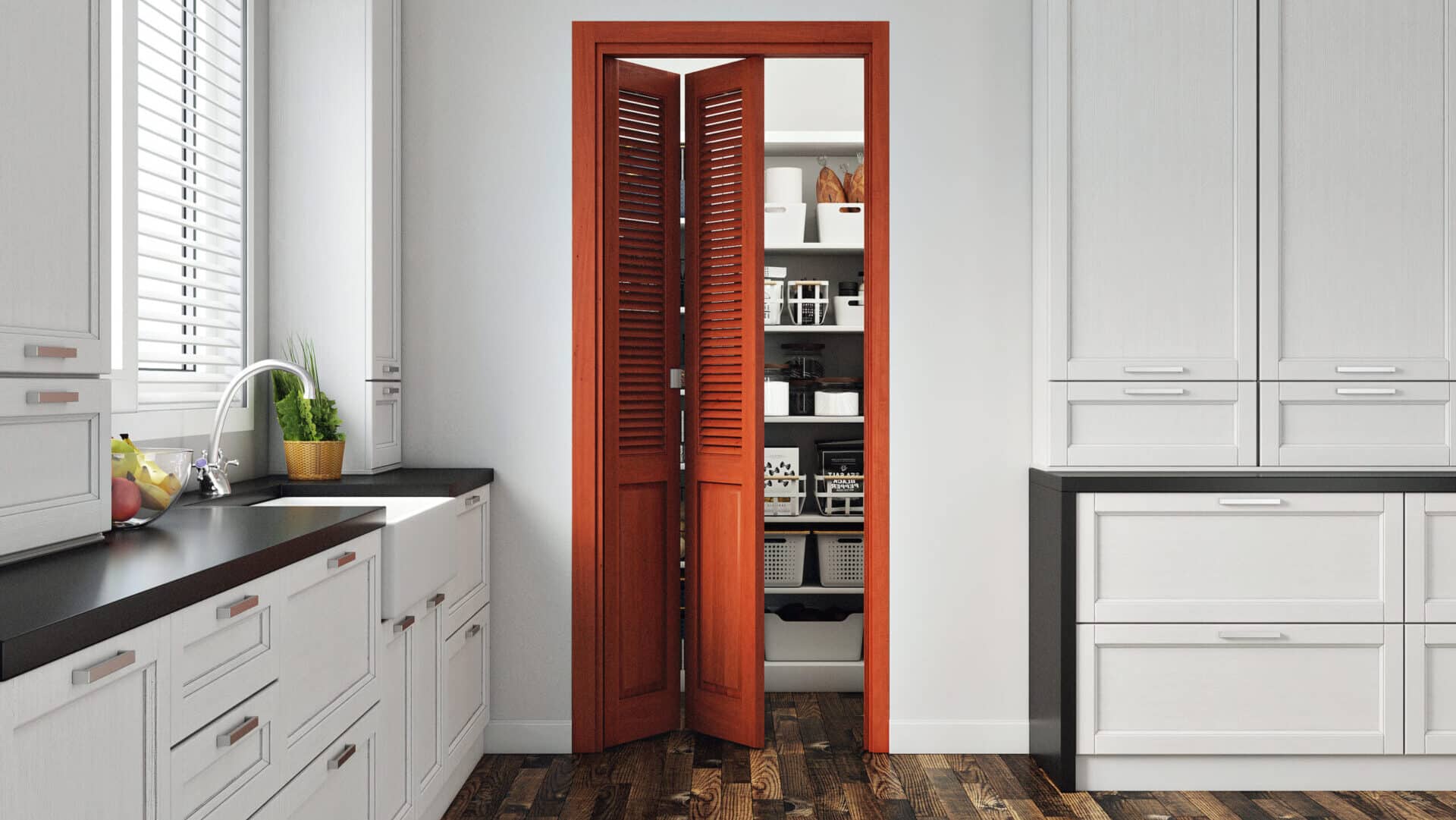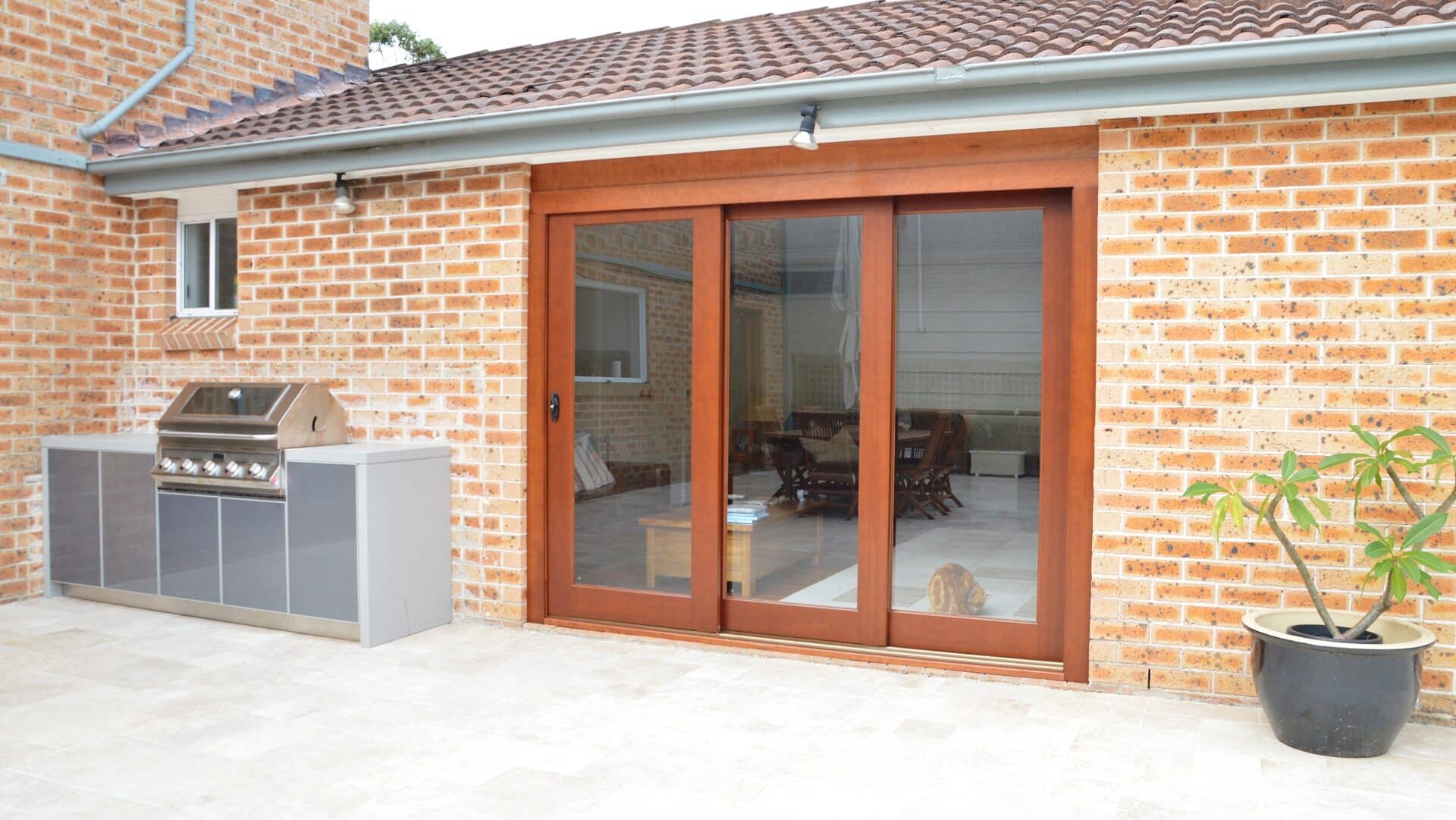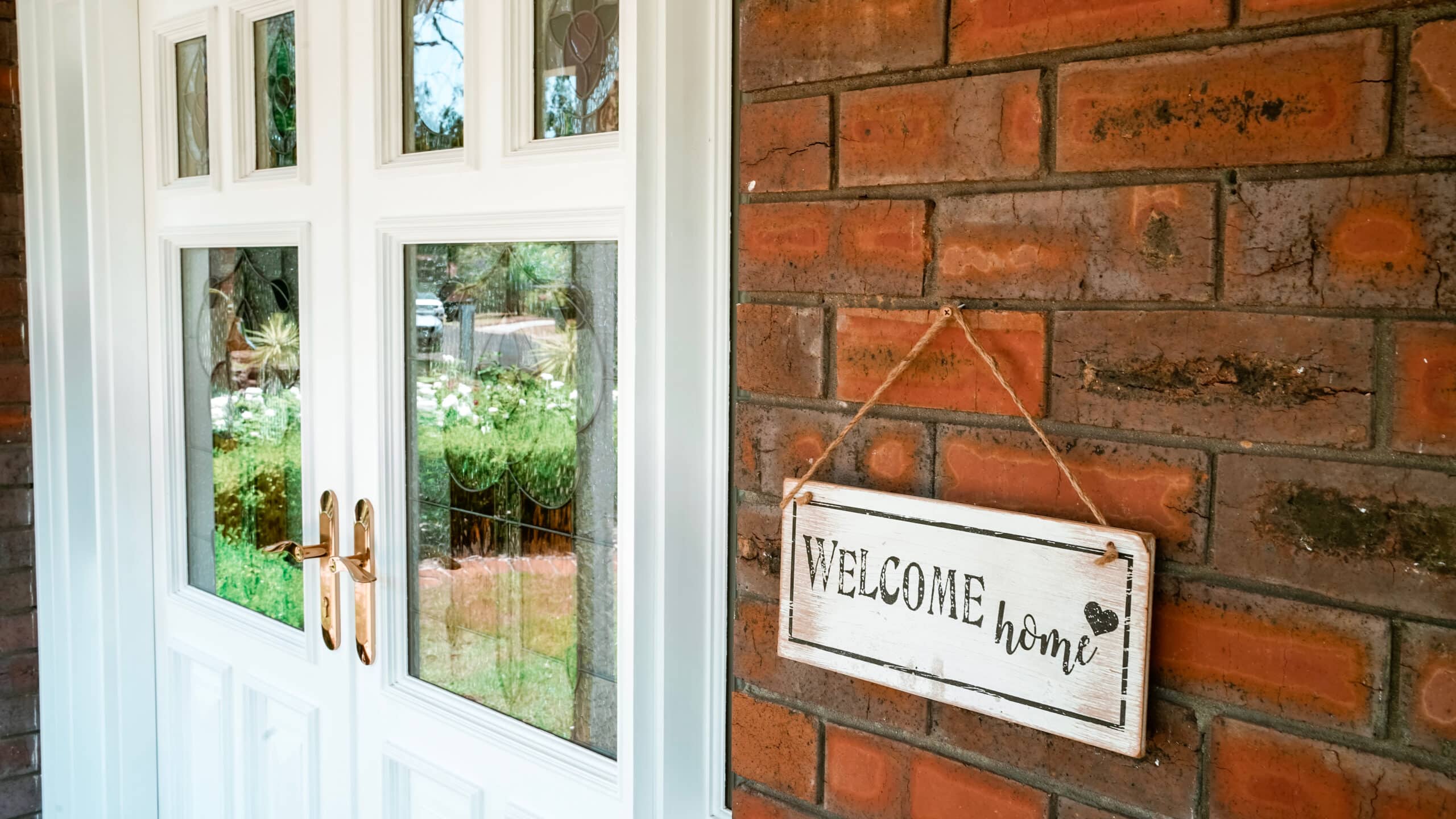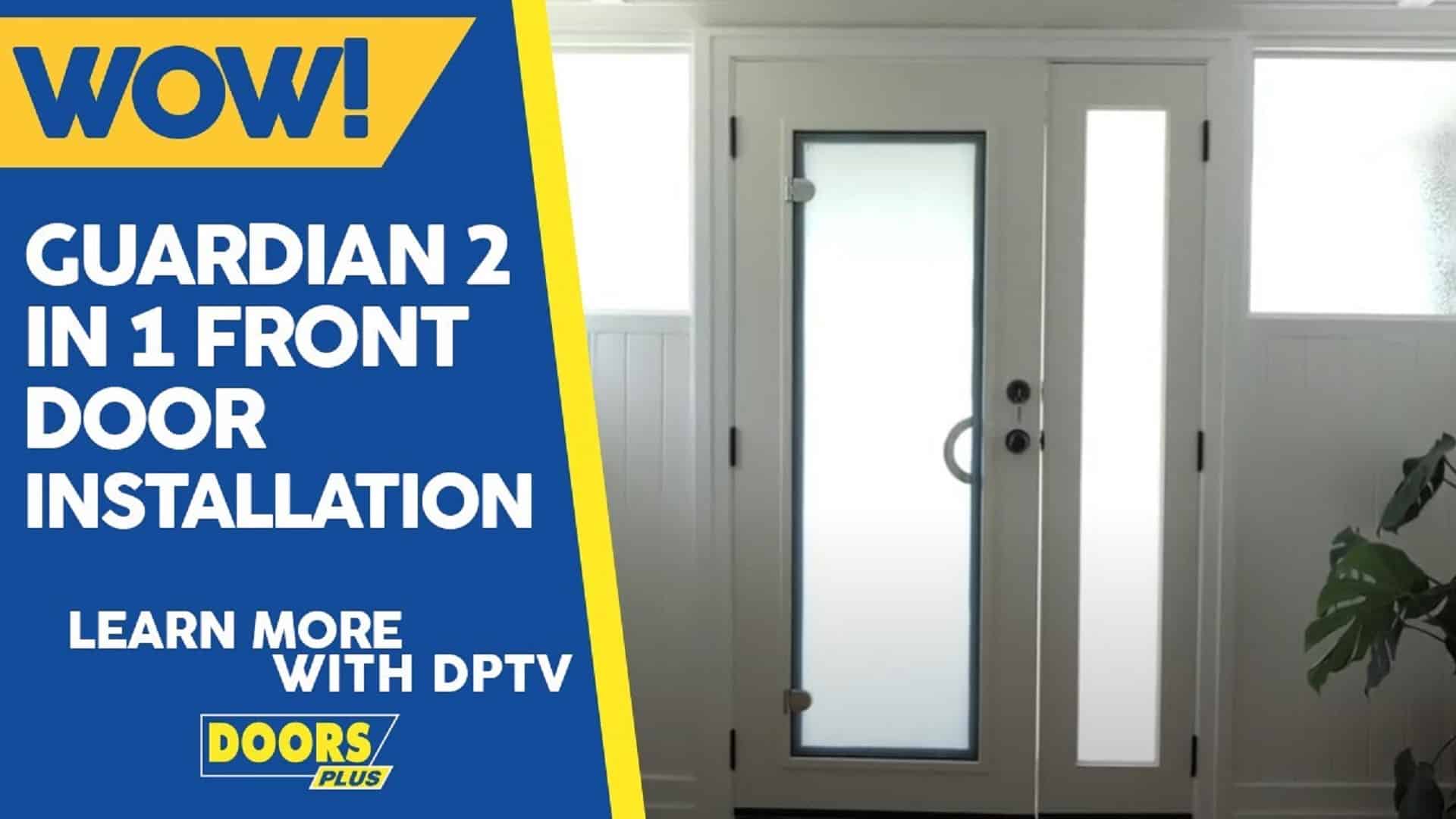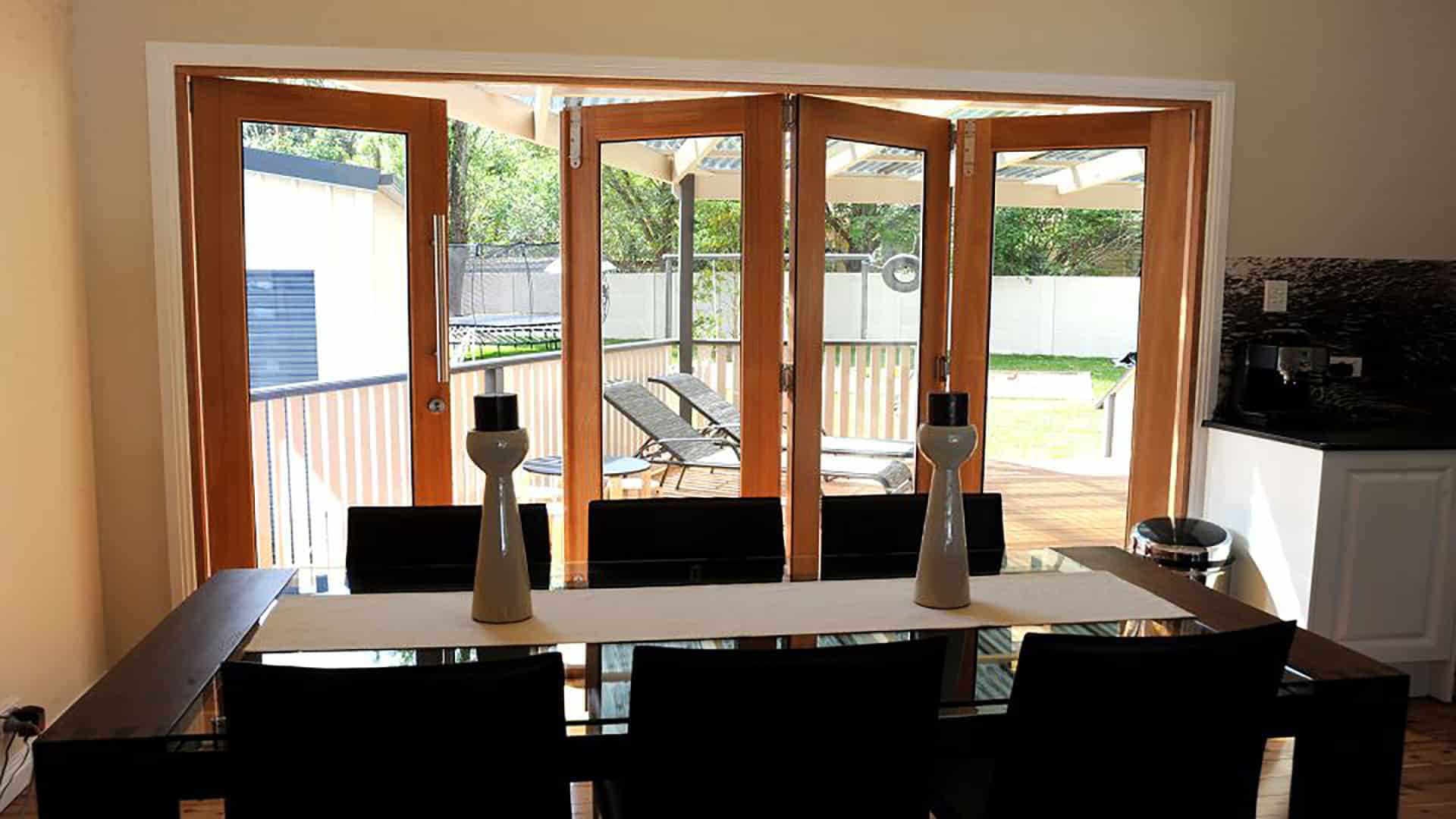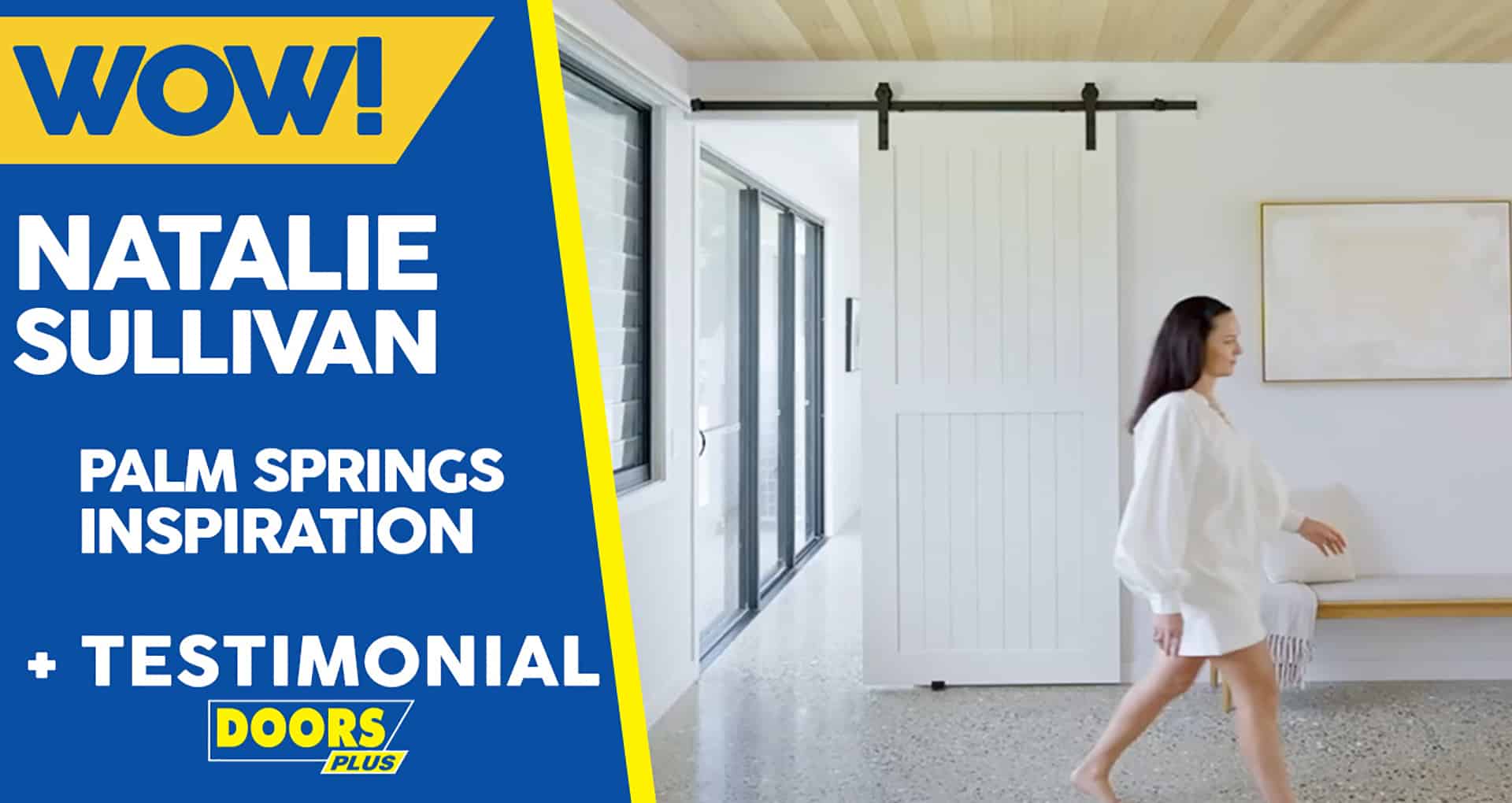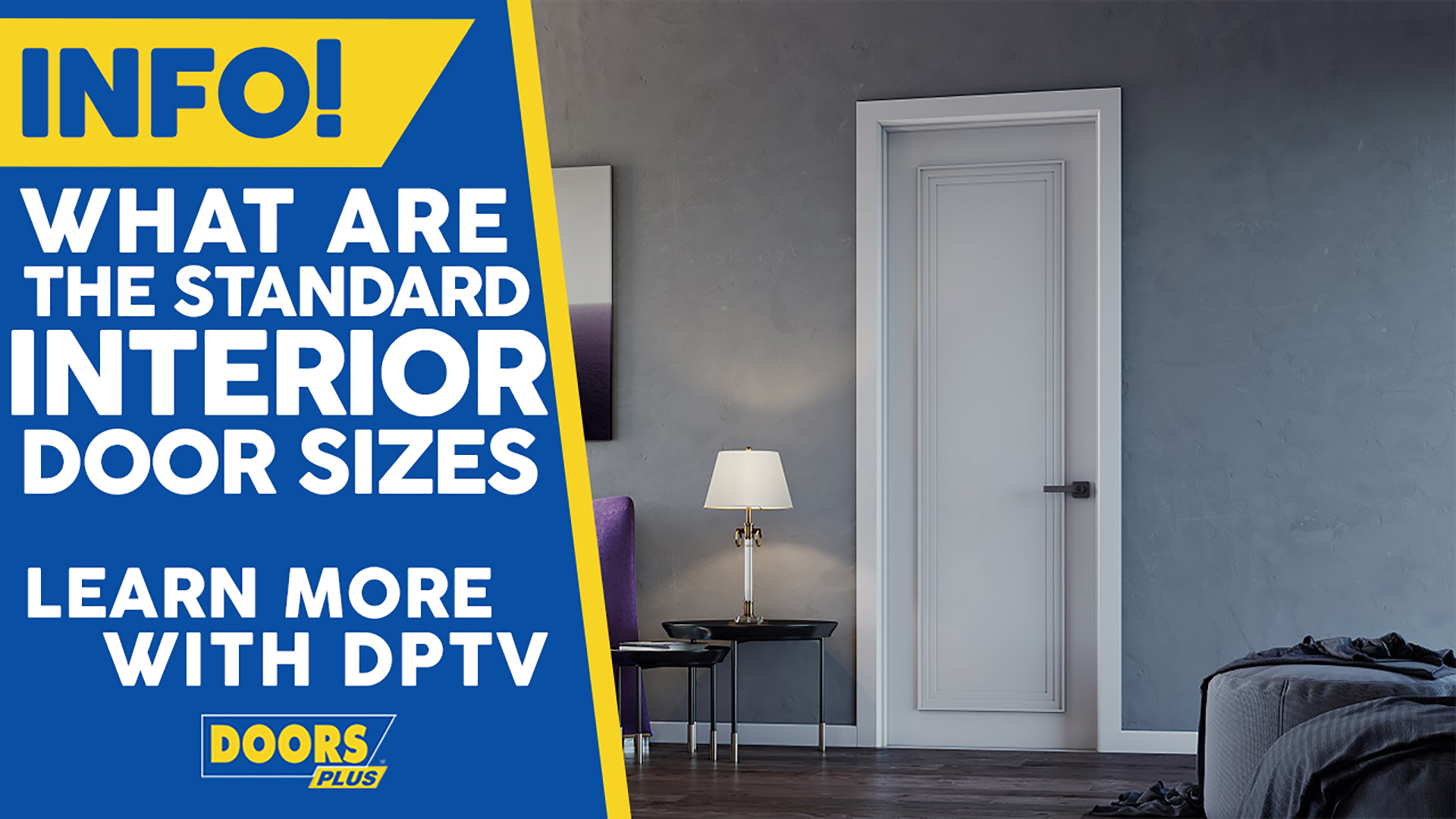How To Install Entry Doors: What You Need to Know
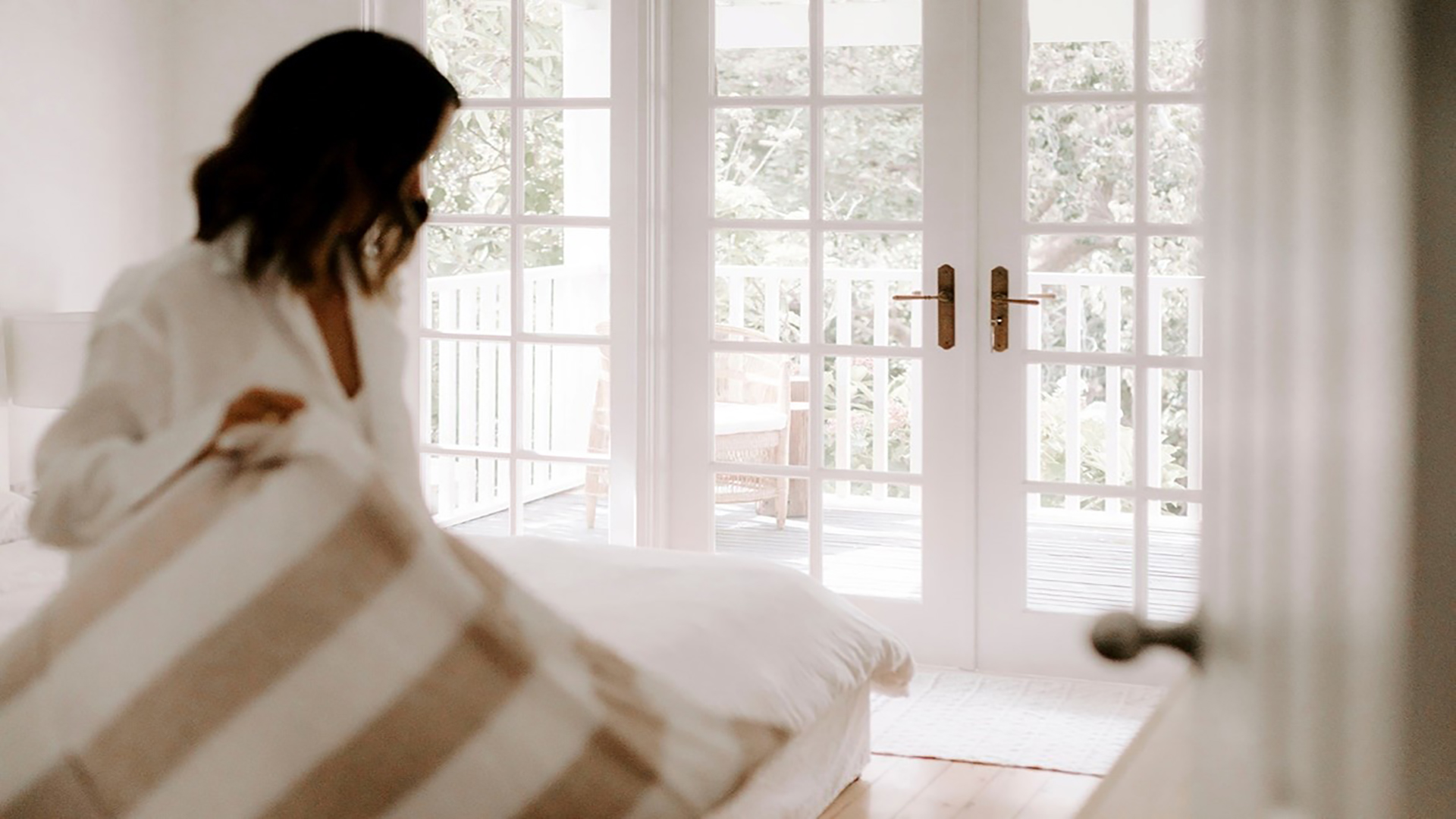
A new entry door is a great way to refresh or update the look of your home from the front, as well as boosting your security and insulation.
But so much hangs on the installation! If your door is hung correctly, it will open and close smoothly, keep out draughts, and be more secure – as well as giving your property a fresh facelift.

When you buy new entry doors, you can choose whether you want to install them yourself or pay for professional installation.
Getting the professionals in obviously adds to the cost of entry doors but if you don’t know how to install entry doors it can be worth the extra cost to get it done right.
If you think you may have the expertise to do it yourself, you can follow this guidance to understand how to install entry doors for the best results.
Can I Install an Entry Door?
If you choose to install your entry door yourself, you should be sure that you have the skills and expertise to get it right.
There are many different types of entry doors and some installations are much simpler than others, so make sure that you know what you’re getting into before you start.
If you need to replace the framework as well as the door, for example, moderate carpentry skills are required.
If your property has custom doorways, or you’re changing up the configuration of your entry doors, this is a more complex endeavour than simply hanging a new door.
If you’re confident in how to install external doors yourself, make sure that you have all of the necessary tools and equipment to hand before you get started. Here are some of the tools you may need:
- Tape measure
- Nails
- Hammer
- Pliers
- Screwdriver
- Grub screws
- Chisel
- Electric drill
- Panel saw
- Sanding paper
- Spirit level
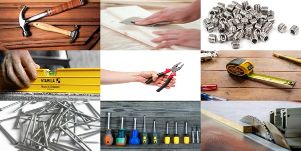
Image Courtesy – Pinterest
What are the Steps to Installing an Entry Door?
Here is a brief step-by-step guide to how to install entry doors, including some tips for getting it just right.
-
Replace the framework (if required)
If your existing framework is old, damaged or out of square, you may need to replace this before fitting your new entry door.
New framework will make it much easier to get a good fit all around the opening, and can enhance the performance of your entry door in terms of insulation and security – as well as aesthetics.
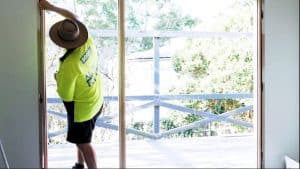
To remove the old framework, use a hammer and a flat screwdriver to prise the trim away from the wall.
Work from the top down to loosen the frame on every edge, and then pull it away with your hands.
You can then fit and nail your new trim within the opening, using a spirit level to make sure that your frame is square.
-
Fitting the new door
When choosing your replacement entry door, you will need to take the inside measurements of your framework – height, width and depth – at several different points.
But when it comes to actually fitting your door, you may still find that you need to cut it down by a few mm for a snug fit.
Use a pencil to mark where you need to trim the new door, and also to mark where the hinges need to go.
Remember to leave a small gap at the bottom of the door to allow for your flooring, and a couple of mm around the top and sides.
You can use a saw to cut the door down to size, and then sand it down for a smooth finish (remember to wear a mask and goggles!).
Securing the hinges
If you’re using new hinges you will need to attach these to the door frame first, before hanging the door.
Measure and mark the placement of the hinges on the frame, lining them up with pencil markings on the door itself.
You can then use a chisel and a hammer to create indents for the hinges on the framework.
Work carefully to avoid removing too much wood, and keep holding the hinges up to check whether they fit in the recesses.
Once you’re ready, you can then screw the hinges into place on the framework, leaving the other leaf of each hinge hanging open and ready to be attached to the door.
Hold your door in place and check your markings for the hinge placement.
Again, use a chisel and hammer to create spaces for the hinges.
Drill holes into the door and screw in the hinges.
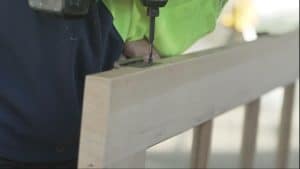
You may want to affix only one screw in each hinge to start with, so that you can check that your door hangs straight and swings smoothly, before attaching the remaining screws.
Installing the handles
As well as knowing how to install entry doors, you also need to be able to affix the door hardware – such as handles and door knobs.
Measure and mark the placement of your handles and drill pilot holes both faces and the edge of your new entry door.
Use a spade bit to drill holes for the spindle in the front and back of the door, and drill a hole in the side of the door barrel.
You can then use a larger drill bit to make the holes bigger.
Place the door latch into the holes on the side of the door, and the faceplate onto the front of the door.
Trace around the faceplate with a pencil and use a chisel and hammer to carve out your outline.
Repeat this to fix the striker plate to the door frame, lining it up with the centre of the latch.
Take care to keep checking your alignment with the door.
Drill holes for the screws and fix the striker plate in place with a screwdriver.
To install the handles, insert grub screws into the small holes that you drilled into the door, and insert the bolt into the larger hole.
Put your handle in place, with a screw fitting into one of the grub screws, and place the handle over the door barrel.
You can then tighten the screws to secure the handle and faceplate in place.
For entry doors you will also want to install a front door lock.
Hanging the door
Place your door into the frame and screw in the very top and very bottom screws on the two hinges.

You can now check that your door hangs straight within the frame, and opens and closes without any trouble.
If any part of the door looks or uneven, sticks in the frame or scuffs on the floor when you try to open or close the door, you may need to remove the door and sand down the edges slightly.
When you’re happy that the door is a good fit and is hanging evenly, you can screw in the remaining screws on the hinges and admire your handiwork!
Entry Door Installation FAQs
What is a prehung door? Is it for new or old homes?
A prehung door is a door that is supplied already attached to a frame. The hinges are installed and the doors are pre-cut for handles to be fitted. Prehung doors are a convenient solution although they are much more suited to New Homes, because the framework is supplied with the door. When replacing doors in existing homes, it is best to avoid prehung doors as a range of complications can arise.
How much gap should be around an exterior door?
When installing an external entry door, it’s best to leave a 2mm gap around every edge. At the bottom of the door, you will need to leave a gap that allows for the thickness of your flooring and a potential rug. It is best to check the local standards for gaps under doorways.
Can you put a new door in an old frame?
It is possible to install a new door into an old frame, as long as the framework is in good condition. If the framework has shifted or become worn over time, this will affect both the look and the performance of the door. There is also a wide range of entry doors sizes so you need to be sure that your new door is the same size as the old one, unless you decide to change the entire configuration.
Do you hang doors before carpet?
It can be easier to install external doors before new carpet to avoid damaging the flooring, but you must be sure to allow for the thickness of the carpet when measuring and hanging your door. Of course, if you are replacing an old door but not changing the carpet, this isn’t a problem, you just need to take care when measuring up and fitting your new door.
Can you change the configuration of an entry door?
Yes, if you want to make a bigger change at the front of your home you can choose a different configuration. You could change from a single hinged door to an extra wide door, or a set of double doors, for example. You may also want to add one or more side panels, or even sliding or bi-fold doors. If you are changing the configuration, you will just need to factor in the extra time and cost of altering the opening and replacing the door frame.
Ready to Shop for New Doors?
Now that you know how to install entry doors, and some of the possible pitfalls, you can make an informed decision about whether you want to install an external door yourself or hire a professional.
Depending on the type of doors you choose and the style and age of your property, you may also want to find out more about how to insulate entry doors to keep your home comfortable and your energy bills down.
To discover the types of entry doors on offer, from prehung packages to custom, made-to-measure solutions, visit your nearest Doors Plus showroom and speak to one of our door experts today.
We can help you find the right entry doors for your home, and can arrange installation by a qualified carpenter if you decide that that’s the best route for you.

